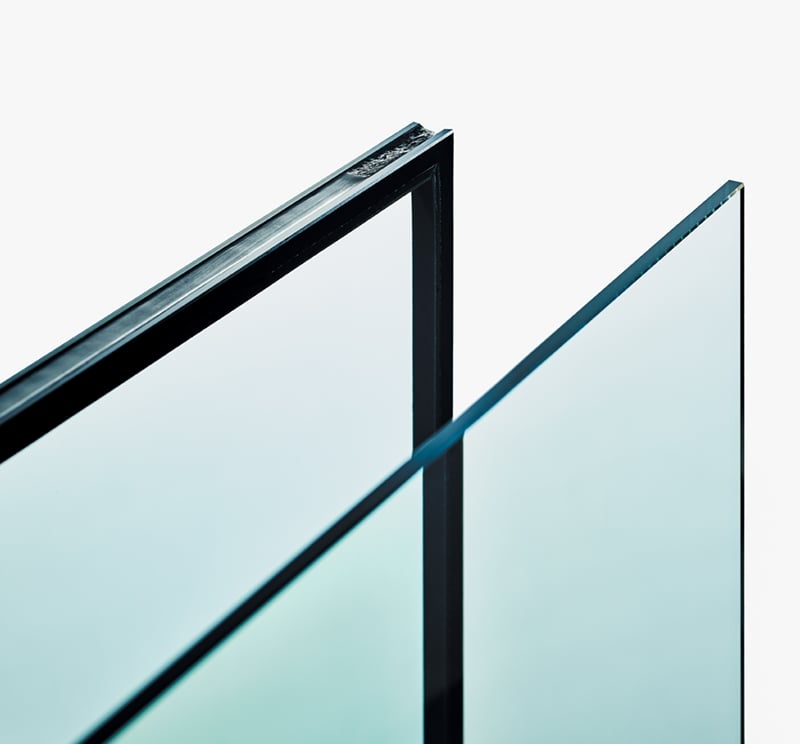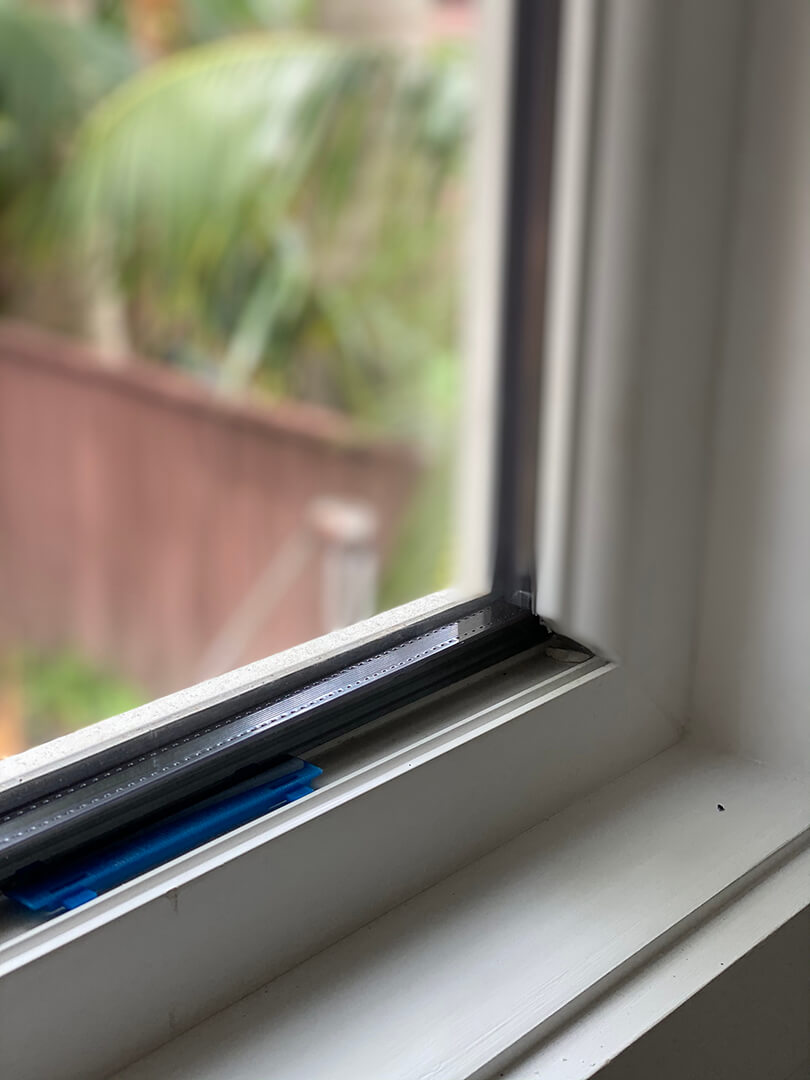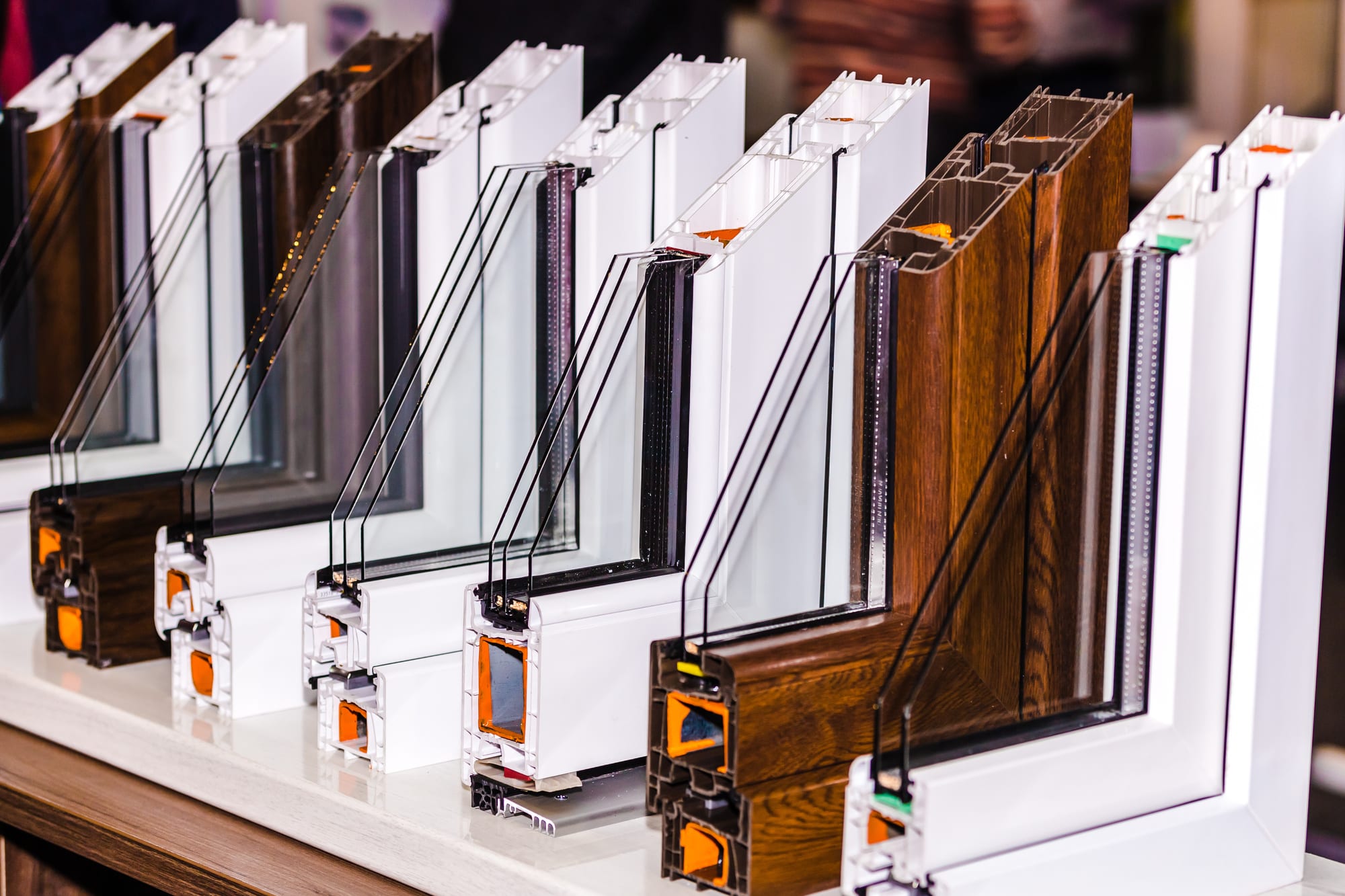All Categories
Featured
Table of Contents
Double Glazing - Windows - Doors in Mosman Park WA
Laminated glass is often used in locations in the home most vulnerable to injury from human impact such as bathrooms, doors, around staircases and in locations near the flooring (it satisfies the requirements of 'safety glass' that is mandated for use in these areas by Australian Standard AS 1288 Glass in buildings).
Toughened glass has actually been 'tempered' by being reheated and quickly cooled once again. This procedure makes it much more powerful than basic glass it can withstand higher impact loads before breaking. It also makes it more secure since, when it does shatter, it breaks into numerous small cubic pieces rather than unsafe shards.
Magnetite: Australian Retrofit Double Glazed Windows in Nollamara WA
Toughened glass has no thermal or acoustic benefits over other glass of the same toning or density. Secondary glazing is where single-glazed windows are retrofitted with a transparent acrylic or glass sheet attached to the within the frame or openable sash with a secondary frame or with magnetic strips.


Secondary glazing will not perform too thermally as a produced IGU, since it is impossible to completely seal the border, but it can offer good noise control. Window films are a thin polymer movie containing an absorbing dye or reflective metal layer, with an adhesive backing. They adhere to your glazing to change its colour or make it reflective.
Why Double-glazed Windows Are A Must in Madeley Perth
Applied to existing glass, some window movies can halve the general SHGC of the window by soaking up and/or showing solar radiation. This can be especially beneficial in hotter environments where cooling is the main issue, or on east and west elevations straight exposed to long periods of sunshine. Window movies might likewise decrease visible light transmittance.

For this factor, it is typically best to utilize a recognized installer of window film. Frames have a considerable impact on the thermal efficiency of doors and windows, because energy can be acquired and lost through the frame, as well as through the glass. Different kinds of frame will allow different levels of heat gain and loss, so mindful choice of frame is crucial for effective passive design.
Glass Selector - Custom Single & Double Glazed ... in Beeliar Western Australia
Aluminium is likewise a very good conductor of heat and will decrease the insulating value of a glazing system, unless specifically engineered to decrease this. A 'thermally broken' frame is comprised of 2 aluminium areas linked by a structural insulator (typically a low-conductivity structural polymer). This 'breaks' the thermal connection through the aluminium and reduces the heat flowing through the frame.
Lumber frames are a good natural insulator that can suit some home styles. Timber frames must be made from types that have naturally high toughness or be dealt with to avoid decay and contortion.
The Science Behind Double Glazed Windows in Hovea Perth
This can result in spaces that allow air infiltration unless excellent draught sealing (weather stripping) is installed. u, PVC is a kind of plastic (unplasticised polyvinyl chloride, also referred to as stiff PVC). u, PVC frames offer excellent thermal performance, frequently much better than timber or thermally broken aluminium. u, PVC is long lasting and needs really little upkeep, and can be moulded into intricate profiles that supply exceptional air seals.
u, PVC windows and doors have exceptional thermal performance Image: Ben Wrigley (Light House Architecture and Science) Composite frames utilize aluminium profiles on the outer areas with either a wood or u, PVC inner area. These combine the low upkeep and resilience of aluminium with much enhanced thermal performance.
Table of Contents
Latest Posts
8 Benefits Of Double Glazing To Take Advantage Of in Greenmount WA
Single Vs Double Vs Triple - Which Window Is Right For Your ... in Hazelmere Western Australia
Twinglaze® Double Glaze Specification Act - Vic in Coogee Perth
More
Latest Posts
8 Benefits Of Double Glazing To Take Advantage Of in Greenmount WA
Single Vs Double Vs Triple - Which Window Is Right For Your ... in Hazelmere Western Australia
Twinglaze® Double Glaze Specification Act - Vic in Coogee Perth